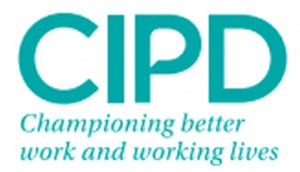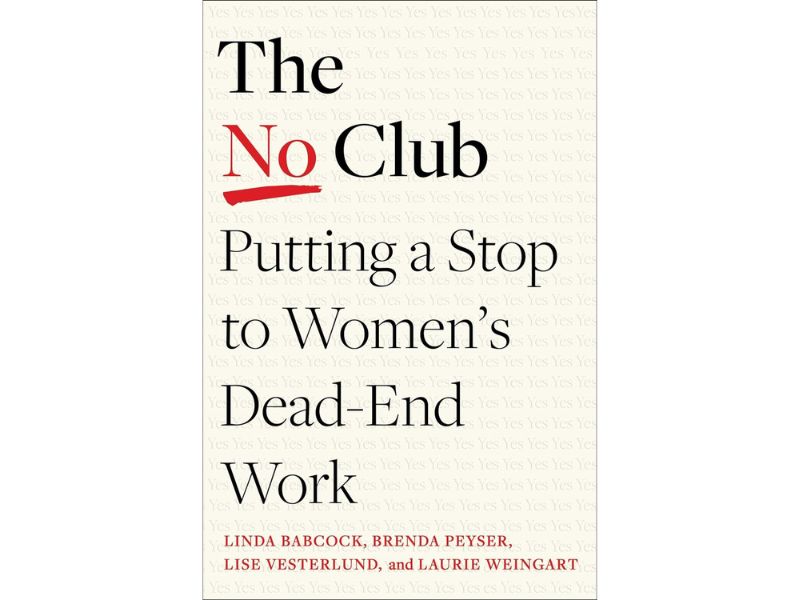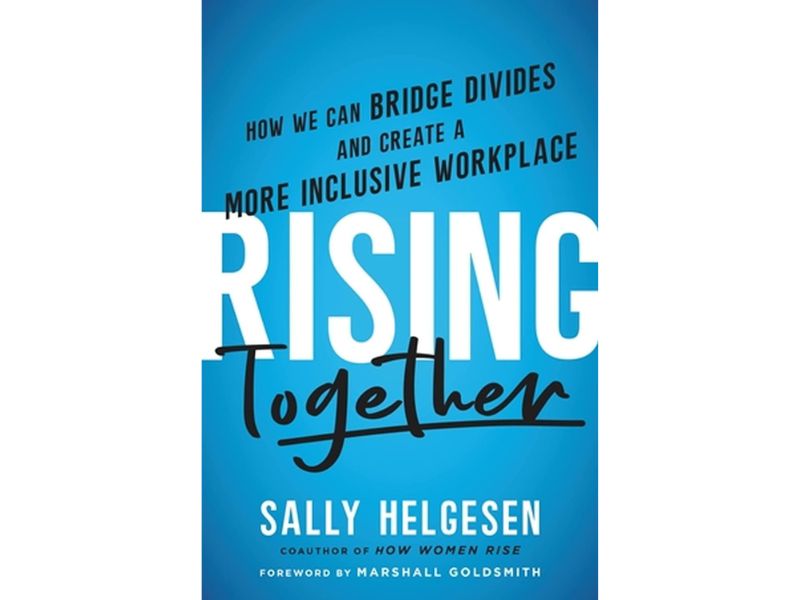 Gender diversity in the boardroom makes fundamental business sense. This survey report highlights some of the key benefits of having a good gender balance on boards, such as bringing different perspectives to decision-making, reflecting the wider diversity in society and improving business performance.
Gender diversity in the boardroom makes fundamental business sense. This survey report highlights some of the key benefits of having a good gender balance on boards, such as bringing different perspectives to decision-making, reflecting the wider diversity in society and improving business performance.
The common view is that concerted action is needed to breach the glass ceiling that persists at the top of most organisations. But it is more apt to highlight the challenge that most women face in climbing the glass slope to reach senior-level positions. Female progression to top roles is not sustainable unless organisations provide a strong and sustainable framework to recruit and develop women at every stage of their career.
The UK Government encourages a voluntary approach to improving the gender balance in company boardrooms but an EU initiative under negotiation in Brussels sets a minimum compulsory quota of 40% representation for each gender. These contrasting approaches raise crucial issues for female diversity: do we want or need compulsory quotas, and what are the most effective ways of improving the representation of women in senior roles?
In December 2014, the CIPD surveyed 452 HR professionals, the majority drawn from the CIPD’s membership of more than 135,000 members. Through this sample we explore HR practitioners’ perspectives on gender diversity in the boardroom and practical strategies for improving female representation at the top of organisations. The report also draws on the practical experiences and learning of leading diversity specialists belonging to the CIPD’s Senior Diversity Network.








